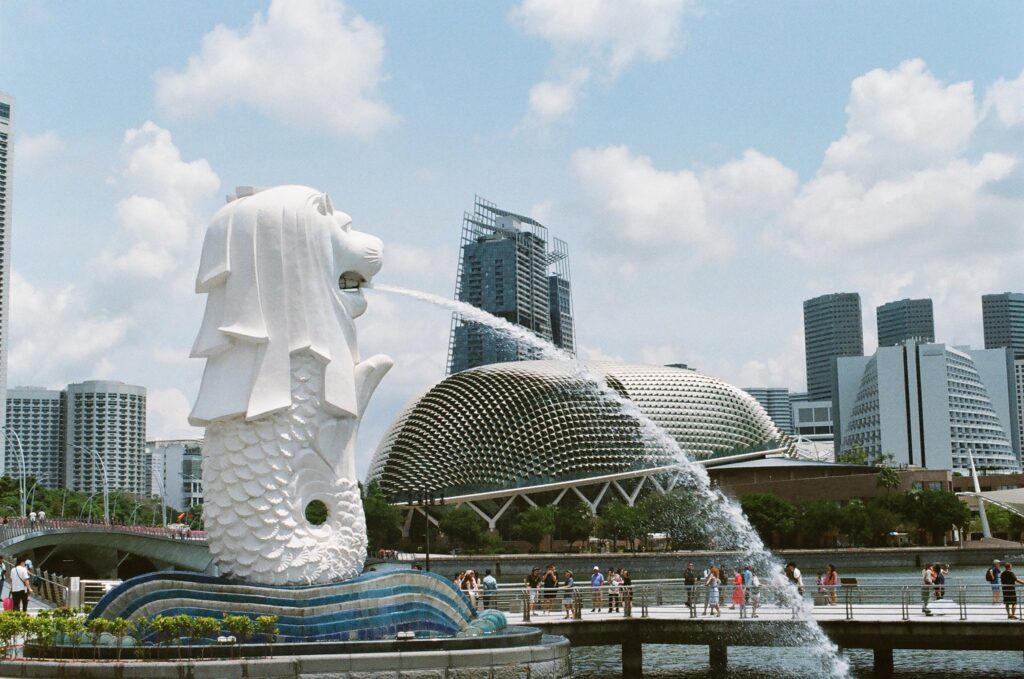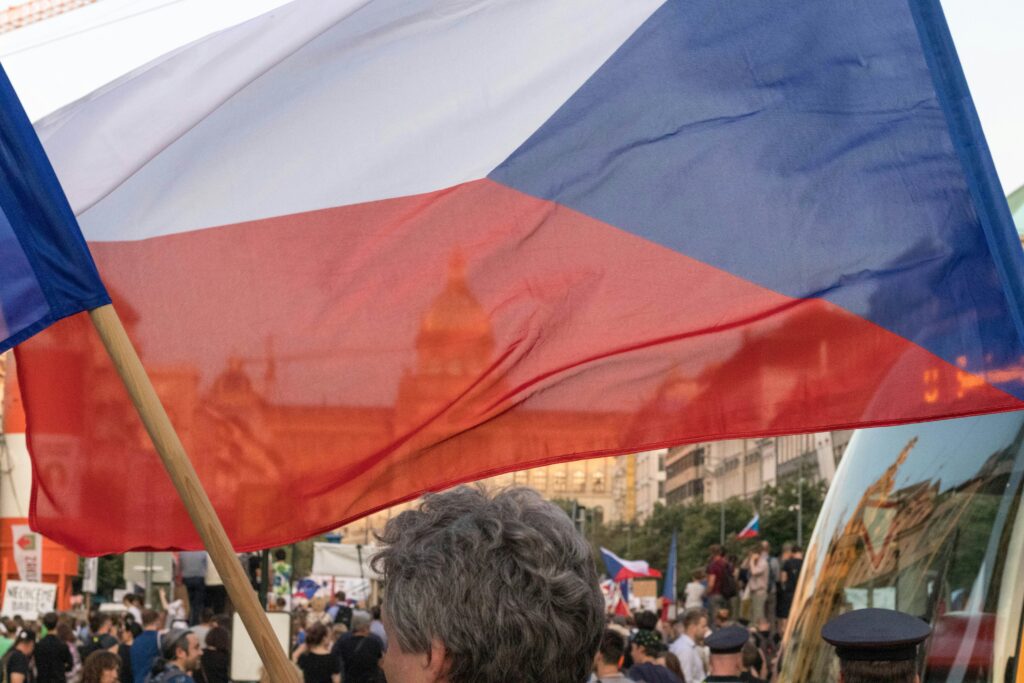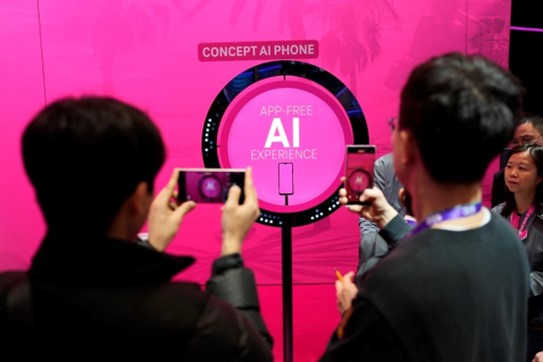We continue with our series of profiling leaders of our partner agencies around the world, this time interviewing Raymond and Naveen who recently took the helm at Eastwest PR. Read on for more about their plans for the agency.
What led you to the takeover of Eastwest PR?
After spending more than a combined two decades in the industry, we’ve acquired some of our own ideas and approaches to running an agency.
When the opportunity to take over Eastwest PR arose, we decided to take the jump. Having our own practice gives us the autonomy to run the business as we see fit, which so far has meant higher quality counsel and outcomes for our clients.
Many have asked if it wouldn’t have been better to create our own agency from scratch, but we believe in the value of long-term partnerships and relationships, and we’re confident that we’ll reap these benefits in the long run.
What inspires you day by day?
This may sound cliché, but we do think everything around us can inspire us, if we pay attention to connecting disparate ideas to our work.
A few examples: Seeing a badly written public information sign, for instance, could lead to a new section in our media training curriculum. We can learn through our interaction with food stall owners about the type of media they consume and what content they find trustworthy, which can then become a valuable insight when developing the next client brief.
Many of our original campaign ideas have also come about through the synthesis of our daily experiences. After all, we ourselves are consumers of media.
Inspiration is all around us, and we only need to be a little more mindful about identifying them in our day-to-day work.
What are the common misconceptions around doing comms in your market?
One of the biggest misconceptions we’ve encountered is that doing PR in Asia is “cheap”. Fees are frequently on par if not more expensive than many markets in Europe and North America, especially in markets where English is not the primary language of commerce.
What’s the biggest change you’ve seen in PR since you started your career?
When we started our career in the early 2010s, there was a “digital gold rush”, Many PR agencies rushed to develop or acquire digital capabilities in fear of losing revenue and budgets to upstart digital agencies.
Today, we see without a doubt that PR is not only very much alive, but its strategic value is stronger than ever. No one wants to see a million ads from your brand, but they love reading a good story about your brand making an impact in their local community or circle.
Agencies who continue to invest in fundamental PR capabilities and deliver both strategic and tactical value to their clients will have.
What would you say is your biggest learning from adapting to working during a global pandemic?
We’ve learned that while an agency business can be run entirely remotely, there’s no substitute for face-to-face meetings and events.
Human communication has evolved over thousands of years to include subtle non-verbal cues that just cannot be replicated in a virtual setting. That’s why we think the physical touch is invaluable for building trust and rapport, whether in agency team meetings or client interactions.
This is already evident in our post-pandemic work. Clients and prospects express appreciation in our visit to their offices, and industry events have come back with a vengeance.
What is your #1 priority right now?
One of our top priorities right now is talent attraction and development. This is a perennial challenge in agencies. We employ some of the brightest in the business, but that also means they have no lack of options in their careers. Things are all the more complex with ever-changing generational work preferences.
This is directly related to our ongoing focus on a full rebrand of the agency, which is necessary to breathe new life into the agency and tell the world that we’re back in business – so come work with us!
Where is your company headed over the next 5/10/15 years?
In the short term, we expect to double down on building a reputation for quality work that delivers real impact for our clients. Instead of chasing down every single RFQ or RFP, we’ll focus on winning strategic accounts that enable us to do
In the long term, we aim to play a bigger role in Asia’s communication industry, contributing to research, education and other industry-wide initiatives that elevate the practice as a whole.
Why is it important to be part of a global network?
There’s a saying that goes: “If you want to go quickly, go alone. If you want to go far, go together.”
In reality, sometimes we want to go fast, and sometimes we want to go far. It all depends on the situation.
Being part of a global network of independent agencies gives us the flexibility and agility to do both.
While much of our work demands local expertise, a global network also allows us to draw on the expertise of agency partners whenever we need to, exchange ideas and insights, as well as build a strong team to answer multi-market briefs.
Lastly, the majority of our work has a regional remit, and having friends across borders can only be a good thing.
Name one profile that you follow on social media that really inspires you in your everyday work.
Self-proclaimed gurus on the Internet are a dime a dozen, but a few profiles do consistently pique our interest and curiosity.
One of these is entrepreneur and venture capitalist Sahil Bloom, who writes about growth, entrepreneurship, and personal development.
For managerial and leadership perspectives, Ray Dalio is a reliable go-to. His “Principle of the Day” posts are the great bite-sized pieces of his extensive experience.




